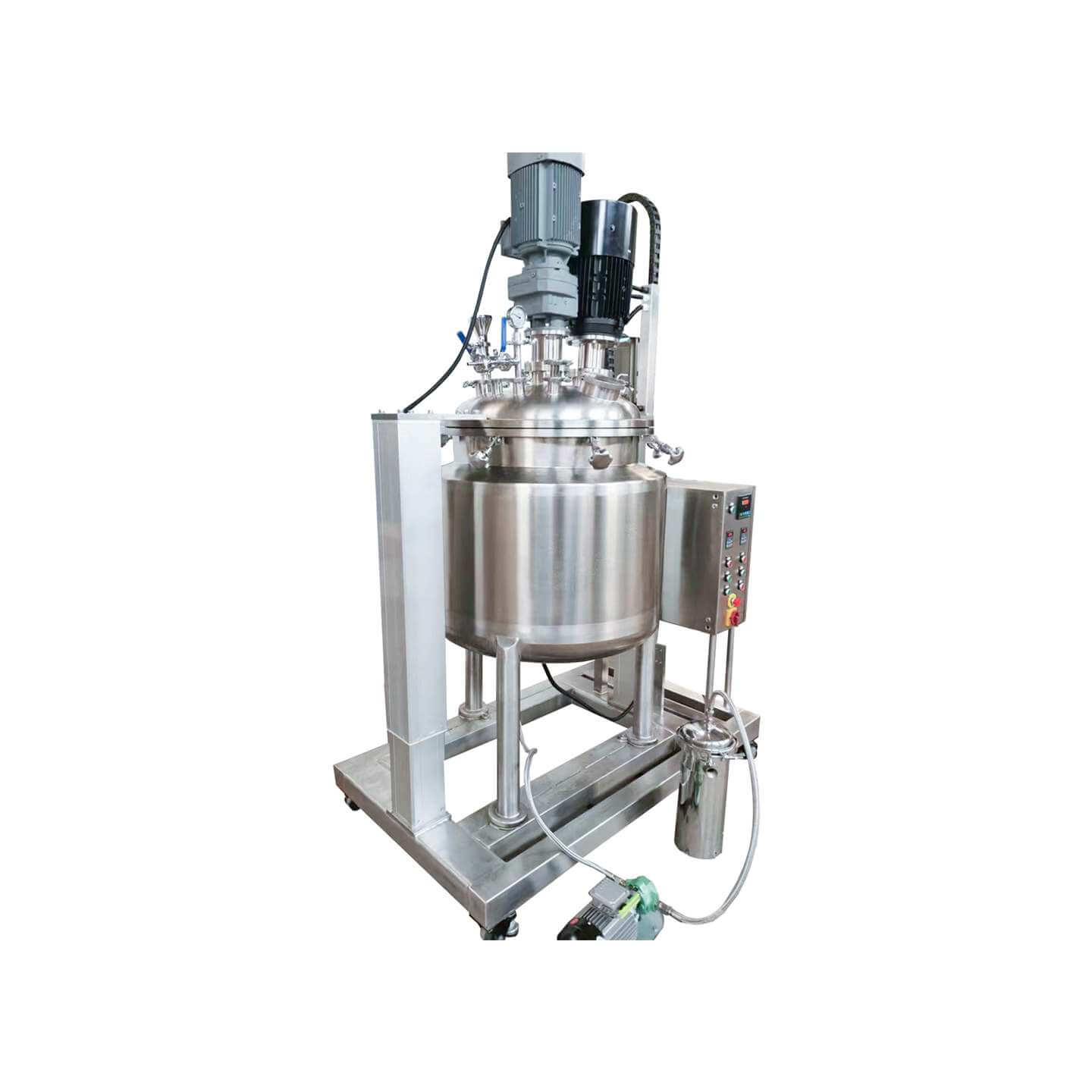

Laboratory Reactor
Laboratory reactor: used in the chemical industry, pesticide, paint, and other fields
Material
glass, stainless steel (316, 304), carbon steel, others
Capacity (L)
10-10000+
Mixing system
anchor, paddle, frame and others
Heating system
electric heating, oil heating and others
The laboratory reactor is small in size, beautiful in appearance, light, and fast in installation. It is composed of a pot body, pot cover, stirrer, jacket, support and transmission device, shaft sealing device, etc. The type of stirring device, rotation speed, sealing structure, heating method, etc. are produced.
Request a quoteA laboratory reactor is a commonly used reactor product, which has the advantages of stable performance, flexible use, and high reliability. Users need to master the application knowledge of laboratory reactors. Let us introduce the application and main parameters of laboratory reactors in detail, hoping to help users better application products.

Application of laboratory reactor
In industrial production, containers are used for chemical reactions! There are various shapes and are used to suit various reaction conditions! The materials, temperature, pressure, and other indicators also vary according to specific needs. Generally speaking, The kettle is shorter and thicker! There is also a synthesis tower, which is the same as the reaction kettle, but the tower is taller and smaller in diameter! Because it is a pressure vessel and the internal medium will react violently, it is a more dangerous reaction vessel.
1. Volume specification: 0.25L-5L, design pressure: 0-35Mpa, operating temperature: 450°C, stirring speed: 0~100rpm step-less speed regulation.
2. The laboratory reactor is made of Hastelloy B2 material, and all contact materials are all Hastelloy, including each valve pipeline.
3. The laboratory reactor adopts a quick-opening structure, which has functions such as the lowering of the kettle body and the pouring mechanism.
4. The layout of the parts of the laboratory reactor is reasonable, the structure is compact, and the installation and operation are extremely convenient.
5. The safety valve adopts a bursting diaphragm, which has a small burst value error, fast exhaust speed in an instant, safe and reliable.
6. It adopts a needle valve and reciprocating switch structure, which is durable and reliable in sealing. All kinds of valves are installed reasonably, and the discharge is smooth without dead ends. The feeding port is equipped with a take-over valve, which is convenient for feeding. The opening of the kettle cover is as shown in the design drawing.
7. The discharge valve is set to reduce the number of times opening the cover and facilitate the discharge. The lower discharge valve is the lower expansion valve, and there is no dead angle for stirring.
8. The reaction kettle is equipped with a pressure backup valve, which can adjust the pressure of 1~5 MPa so that the pressure in the kettle can be controlled and balanced.
9. There are 6 heating rods in the laboratory reactor, and the total power is 2 kilowatts.
10. The reactor is equipped with a PID intelligent controller, which can realize real-time display and remote control of temperature and rotation speed. The temperature control accuracy is plus or minus 1 degree.




